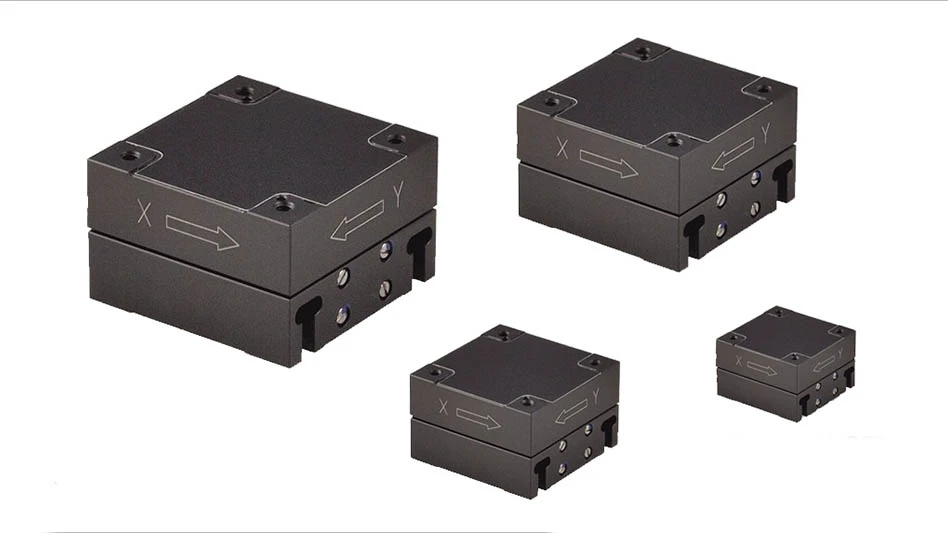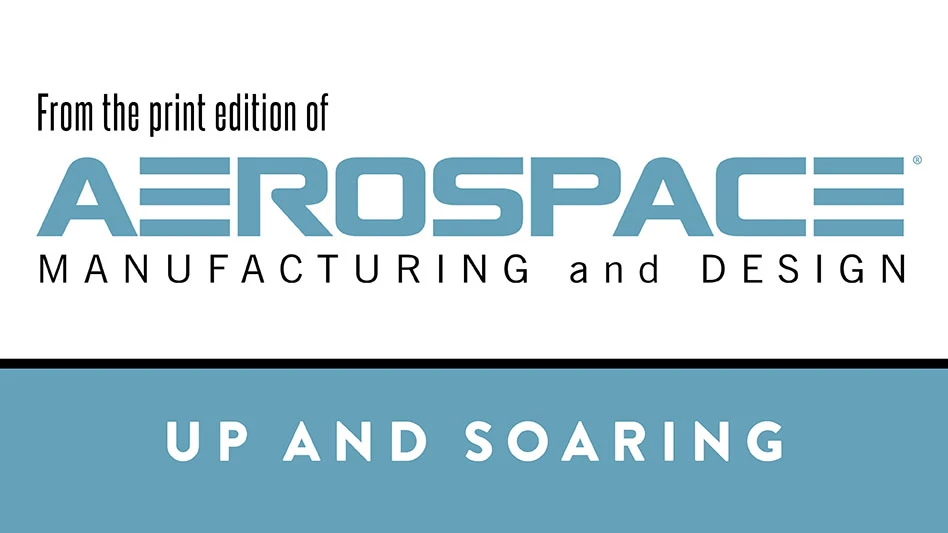
Surface texture analysis is invaluable for understanding how a component's surface geometry will affect its function. Despite the breadth of information that can be tracked with texture parameters, most engineers continue to specify only basic, well-known parameters, such as average height in microns. Unfortunately, most surface functions (friction, sealing, appearance) aren’t measurable purely in height, so the specified parameters often only loosely correlate with the intended function.
For measurements to be most effective, results must predict functionality. Using surface texture analysis, engineers can develop parameters that model a particular functionality, build controls for those parameters into part tolerances, and control them throughout manufacturing and component life.
One analysis tool of this type is morphological filtering, which can predict how a soft surface will conform to a rigid surface, how sharp protrusions may concentrate stress, etc. Morphological filters applied to surface texture data allow us to quantify functionality and track it during production and throughout a component’s lifetime.
Common surface finish specifications – average roughness (Ra), average peak-to-valley height (Rz), or maximum waviness height (Wt) – are based solely on heights measured along a profile.
Unfortunately, these well-known statistics do not always indicate how the surface will perform. Figure 1 shows two very different surfaces with virtually identical Ra, Rz, and Wt values. However, these statistics would not reveal whether the sharp valleys in the first surface that make the component prone to cracking, or that the scalloping in the second surface may create leak paths between mating surfaces.

Quantifying surface performance
Recently, surface topography data analysis has led to the formation of new functional parameters that closely correlate with a particular function. Manufacturers and repair/refurbish facilities can implement specifications for these parameters and monitor them to improve component performance and longevity.
One such analysis is known as morphological filtering, in which a virtual circle of given radius is moved across surface data to highlight aspects of interest. Figure 2 shows two common types of morphological filters: a closing filter – mathematical ball rides along the surface; and an opening filter – mathematical ball pushes up from below the surface.
A closing filter acts as a virtual gasket that follows the peaks and leaves voids in valleys. Analyzing gaps created by the closing filter can predict potential leakage under gaskets or identify the presence of sharp valleys where stress concentrations could lead to cracking.
An opening filter highlights the peaks in a surface that are sharper than a given radius. Sharp peaks can relate to increased contact stresses, oil film penetration points, and cosmetic defects.
Most importantly, adjusting closing and opening filters can show how changes in materials, manufacturing processes, and tolerances might improve performance. Decreasing a closing filter’s radius allows the ball to enter more valleys, thereby modeling a more compliant gasket material. Raising the cutoff wavelength for the waviness profile increases how much the virtual gasket will crush peak material, showing how changing the relative hardness of mating surfaces will affect the seal. This type of exploration can be extremely valuable for understanding root causes and proposing solutions to manufacturing challenges.

Predicting leakage
When a 5,000mm radius closing filter is applied to the waviness profiles [of the two surfaces introduced in Figure 1], the filter highlights the gentle change in shape in the first surface, with only small voids below the surface. The same closing filter applied to the second surface reveals large, repeating void areas. If we are considering whether these surfaces would form good seals, the large void areas in the second surface would be a concern.
To quantify such leak paths, the functional parameter Wvoid (void area per unit length) was developed. The parameter is normalized per unit length, making it independent of the evaluation length and more repeatable and stable.
Virtual feeler gage
A closing filter can also be used like a feeler gage to locate potential stress concentrators. Figure 3 shows a feeler gage verifying the radius of a crankshaft fillet. This go-nogo measurement looks for small radi where the shaft would be most susceptible to cracking. A feeler gage’s use depends on the individual inspector’s interpretation of how much light is visible through the gage gap.
On the right in Figure 3 is a laser line scan of an elliptical fillet. Applying a closing filter to the laser line scans of an elliptical fillet enables measurement of the departure of the surface from its specified value (the red area) and location of the smallest radius. This method is far more repeatable than a physical feeler gage and provides a quantitative rather than qualitative evaluation. Where a feeler gage is typically only used for a simple radius, the morphological filter can be applied to any geometry.
Revealing sharp bumps
An opening filter can be applied when bumps or peaks are more critical to function than overall surface waviness. A common example is a roller bearing, where local stresses along the surface and its edges must be managed, typically by crowning the surface.
Two controls ensure that the surface will wear correctly. First, the crown’s general shape must be maintained, which can usually be handled with traditional profile measurements. Secondly, local bumps within the crown, which would cause stress, must be controlled. A morphological opening filter and the Wcvx (waviness convexity) parameter best handles this control.
An opening filter on a roller bearing waviness profile in OmniSurf software can be represented as a graph showing the general crown shape and the sharp, stress-causing peaks protruding above the opening filter profile. The largest upward peak (relative to the opening profile) is reported as Wcvx. Placing a tolerance limit on Wcvx can simplify and control the sharp peaks, which could lead to premature part wear or failure.
Cosmetic defects
The Wcvx parameter also can detect blemishes discernable to the human eye that can escape common parameters, passing physical inspection but failing visual inspection. In one case an opening filter was applied and the Wcvx parameter measured, revealing a ridge in the surface. The eye accepts gentle changes in the surface shape, even if they are relatively high. However, sharper features register to the viewer as defects, even if they are relatively small. In further study, the Wcvx parameter determined the threshold at which sharp features were viewed as unacceptable blemishes to establish a quality check specifying a Wcvx limit to control these features.
Morphological filtering in 3D
Morphological filtering can be extended to 3D, areal surface data as well. Instead of gap areas below a profile, there is a gap surface based on the difference between a closing surface and the test surface. The gap surface can be used to explore leak paths or to locate areas of maximum stress.
Figure 4 shows a measured surface, in OmniSurf3D software, covered by machining marks from various operations. As the measured component is used in a high-stress environment, it is critical to locate stress concentrators that may lead to cracking. The deepest scratches would seem to predict where cracking may occur. However, cracks tend to form at the sharpest concentrators, not necessarily at deep departures.
A closing filter applied to the surface produces the void surface on the right of Figure 4. The yellow area indicates the sharpest valley, of greatest concern for cracking, which the filter has isolated despite the competing surface marks.

Conclusion
Morphological filters and functional parameters make it possible to measure the properties of a surface most specifically tied to a desired function. Closing and opening filters can reveal the aspects of a surface hidden in the height data that will impact function. These filters can be used to explore changes to materials and methods that may address root causes. Such techniques give engineering staff powerful and interactive tools to better understand surface function. More importantly, they provide parameters that can be specified on prints to guide production and to review critical features throughout a component’s lifetime.
For more information email Digital Metrology Solutions today.

Explore the July 2019 Issue
Check out more from this issue and find your next story to read.
Latest from Aerospace Manufacturing and Design
- Talking machine tools with the professionals who build them
- Tools and strategies for improving your machining processes
- America Makes announces QTIME project call
- Innovation meets precision for 40% faster machining
- Upcoming webinar: Pro tips from a supply chain strategist
- Heart Aerospace relocates to Los Angeles
- Fixtureworks introduces Stablelock Clamps
- Piasecki acquires Kaman's KARGO UAV program





